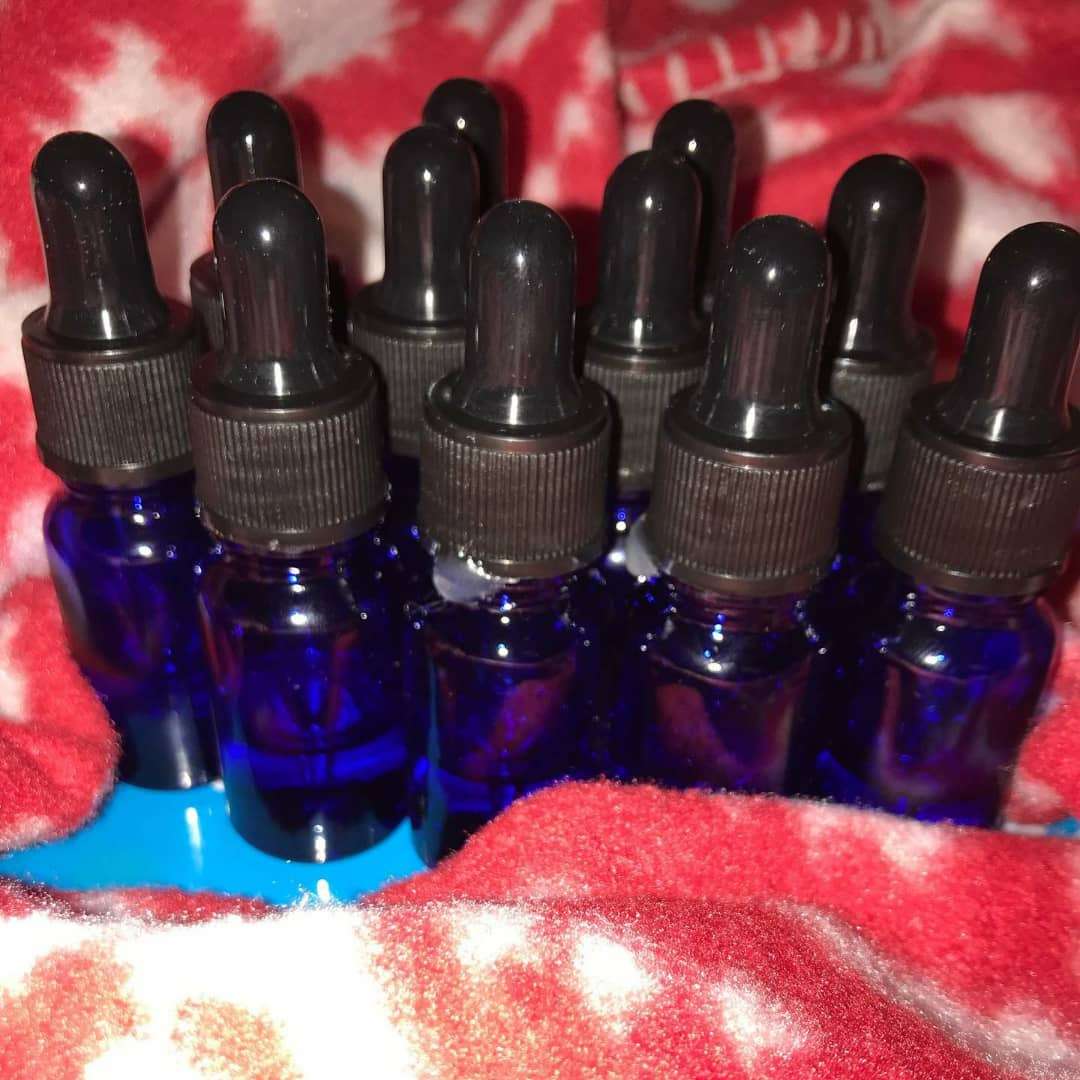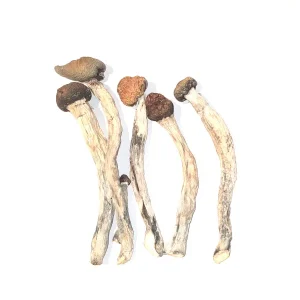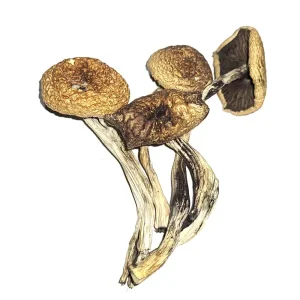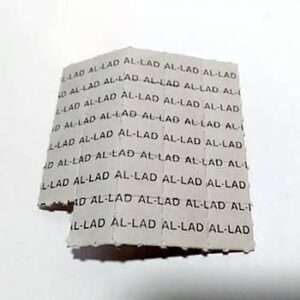LIQUID LSD FOR SALE: (The Dos & Don’t of Taking Liquid LSD)
Acid allows you to walk through the door to an alternate reality, but most people have no idea how to walk back through.” — Alexander Shulgin. LSD lasts about 10 hours and will remain viable in storage for up to 3 years. Liquid lsd for sale
WHAT IS LSD LIQUID ?
Liquid LSD can sometimes refer to these two forms:
Pure LSD Crystals Dissolved in a Solvent
When LSD is first synthesized, it’s a white, odorless crystal. It is then ground into a fine powder before it’s dissolved in a solvent (usually ethanol alcohol or distilled water). This dilution is then painted onto blotter art and allowed to dry. The solvent evaporates, leaving behind a thin film of powdered LSD on the surface and inside the pores of the blotter paper.
This process helps standardize the dose and makes it easier to consume.
Some manufacturers will simply sell tincture bottles of LSD dilution instead. This is what most people mean when they say “liquid LSD.” It’s normally used by placing a drop or two of the liquid in water or juice.
Note that the concentration of liquid LSD can vary substantially depending on how diluted it is. This is the reason why most people prefer to use blotter paper instead. One drop of liquid LSD could contain significantly more active LSD than a single blotter square.
Diffusing LSD Blotter Paper into a Solvent
“Liquid LSD” may refer to a liquid (usually a bottle of water or alcohol) that has one or more blotters of LSD infused in it — sort of like making tea, but without the heat.
This practice is also called “volumetric doses” and is one of the best ways to make LSD microdoses or to split acid tablets evenly between a group of people.
For example, imagine you had only five acid tabs to share among six people. Rather than cutting a section off each tab, the best method is to drop all of them into a bottle of water, allow it to infuse the water, and then portion out six equal amounts.
Liquid LSD Dosage
Because of the lack of standardization of black-market drugs, it can be hard to tell the concentration of the liquid LSD solutions — a single drop can range from 50 to 500 ugs.
A standard psychedelic dose of LSD can be felt with as little as 100 ugs (depending on the user’s weight and metabolism).
When buying a liquid LSD, look for a label that indicates the potency of each drop or specifies the ratio of crystalline LSD to the solvent.
How “Pure” is Liquid LSD (Acid)?
Lysergic acid diethylamide is synthesized from the ergot fungus into colorless, odorless, and tasteless crystals, which are then dissolved in alcohol or distilled water.
When Sandoz Laboratories marketed the drug under the name “Delysid” for use in psychiatry and psychotherapy, it was available as oral sugar-coated tablets that were easy to swallow.
However, Delysid was also available for clinicians in liquid form that could be taken orally by dropping the solution onto a sugar cube or mixing it into a beverage.
These forms of LSD were pharmaceutical-grade and intended for use in medical and scientific settings — not marketed for recreational use.
Today, LSD is a controlled substance only available for research under strict regulation. Using LSD in any form outside of a medical or scientific setting is illegal in many countries. Because of this, there is no standardization for the quality or purity of LSD products, including liquid LSD, on the black market.
The lack of standardization for illegal drugs can lead to significant safety risks for individuals who consume them.
Most of the time, it means that the potency and purity of LSD can vary greatly from one batch to the next, and there’s no way to guarantee that what’s sold as LSD is actually the drug it claims to be, which is why it’s essential to test your drugs.
How Can Liquid LSD Be Use ?
Some people who regularly use LSD prefer the liquid form over blotters or gels.
This is because it can keep for many years (in an alcohol-based solution) when properly stored. The other reason is that it offers more versatility for different dosing situations (microdosing to a full psychedelic trip).
And if you manage to get ahold of a good source of liquid LSD, it winds up being more cost-effective overall than purchasing blotter tabs.
Most liquid LSD comes in a dropper bottle that administers about 0.05 mL of liquid per drop. Please note that this is not the rule, and every batch likely contains a different concentration of LSD.
You can calculate your dose based on the concentration of the LSD in the solution divided again by the drop.
Here are some methods people use to take liquid LSD:
Drop Some LSD Onto a Sugar Cube
This classic practice involved placing just one or two (depending on potency) drops of LSD liquid onto a sugar cube and holding it in your mouth until it fully dissolves.
Place a Drop of LSD Directly Under the Tongue
After placing the drop, hold it there to allow its absorption into the bloodstream through the microcapillaries.
We only recommend this if you’ve got steady hands. Dropping the solution right into the mouth adds the risk you accidentally administering too much. Just one drop too much can result in an entirely different experience.
Dilute With Some Water or Juice
A safer method of using liquid LSD is to dilute it in some other liquid first. This practice reduces your chances of taking too much because you can first add the drop(s) and then consume either the whole cup or leave some behind to control the dose.
LSD has no taste, so you won’t need to worry about masking it like other psychoactive substances. Be cautious about dropping your LSD into anything warmer than room temperature. So this leaves things like tea and coffee out of the equation.
Benefits, Risks, & Legal Status Of LSD
Lysergic acid diethylamide (LSD, acid, Lucy, or yellow sunshine) is a synthetic drug accidentally discovered by a Swiss chemist, Albert Hofmann, in the 1930s while working with a fungus that grows on rye grains (Claviceps purpurea).
Nearly two decades after its discovery, it was refined into a pharmaceutical drug named “Delysid” by Sandoz Laboratories and used in a clinical setting for neuroses, alcoholism, and to enhance creativity.
While the drug showed much promise for supporting mental health conditions, it was eventually banned in the 1960s because of its association with government conspiracies and the rise of the United States counterculture movement.
Due to its controversial history, it was categorized as a Schedule I drug in the UN Convention on Psychotropic Substances.
Despite its past, LSD has since made a comeback in the psychedelic renaissance for its therapeutic potential for depression, alcoholism, post-traumatic stress disorder, and obsessive-compulsive disorder.
Why Is It Important To Test Your LSD ?
Pure LSD has decades of research to prove it’s non-toxic and not physically addictive; the issue is that LSD remains illegal in most countries, and sourcing a safe supply of LSD on the black market is a bit of a gamble since there is no standardization.
Testing your psychedelics before taking them is part of responsible drug use as it can help to reduce the risk of accidental overdose or adverse effects.
There are various testing methods for LSD, including test kits that use reagents to detect the presence of LSD or other tryptamines in a sample.
With blotters, the primary contaminant you’re on the lookout for is NBOMe substances, which have a similar potency to LSD but are much more dangerous.
With liquid LSD, the risk is much higher. Anything could be dissolved in solution, so it’s essential for users to test before assuming their liquid is pure.
The first test, using the Ehrlich reagent, will determine if an indole alkaloid is present (such as LSD, DMT, or psilocybin).
The Hofmann reagent is then used to differentiate LSD from other tryptamines like DMT or psilocybin.
The Mecke reagent will rule out more dangerous substances like opiates, and the Mandelin reagent can help rule out other psychedelics such as ketamine or other arylcyclohexylamines.
There are other forms of lysergamides, some of which may be stronger than what you expect with an acid tab, so it’s worth getting your drugs tested before taking them.
The Benefits Of Set And Setting For Your Trip
Set and setting are important factors to consider when embarking on a psychedelic trip, as they can impact the quality of your experience.
The “set” is the internal factor of your trip. It’s the mood, mindset, and emotional state you’re in. Psychedelics like LSD tend to intensify your current emotions. So going in with a positive mindset helps ensure you have an enjoyable trip.
“Setting” refers to the physical environment of your trip. Choose a safe, comfortable, and familiar setting that puts you at ease. A peaceful environment can help reduce feelings of anxiety.
If it’s your first psychedelic trip, you may want to consider a trip sitter who is in charge of maintaining a safe environment for the duration of the trip.
FAQS:
Let’s answer some of our most commonly asked questions about liquid LSD…
1. What does liquid acid taste like?
The crystals of LSD don’t have a flavor or scent of their own. If there is a flavor, it’ll be from whatever solvent was used.
2. How long does it take for liquid acid to kick in?
Most people will start to feel the effects of a standard dose of liquid acid within 10–40 minutes after taking it, with peak effects around the 3–4 hour mark.
3. How long do the effects of liquid LSD last?
The length of your trip can depend on the dose and your individual body chemistry. A full LSD dose typically lasts around 10–12 hours, but the intensity of hallucinogenic effects should dissipate after 8–9 hours.
4. Can you build a tolerance to LSD?
It’s possible to build a tolerance to LSD with consistent use, and it builds up very quickly. But it’s not physically addictive — likely because it is so easy to build tolerance.
Tolerance refers to how fast the body builds resistance to the same drug dose, producing a weaker effect.
LSD tolerance is not the same as the tolerance one builds to opioids and alcohol, where taking more of the substance is needed to achieve the same effects. With LSD, taking more doesn’t necessarily increase the intensity of the experiences. In most cases, it ends up being a waste because you might not feel anything at all.
5. What happens if you consummed too much LSD?
If you accidentally take too much LSD, you’re in for an intense trip — but thankfully, it’s a non-toxic compound. It might feel very intense, and you’ve no choice but to ride out the waves until the drug has run its course through your system.
6. Can tap water neutralizes LSD?
The jury is out on this one, but many experts will advise you to avoid drinking tap water when taking LSD for at least an hour after ingesting it if you want to strongest effects. The idea is that the chlorine in tap water can neutralize some of the psychoactive effects of LSD. We’ve used tap water with our LSD without any problems in the past. ut our tap water might contain less chlorine than yours. To be safe, we advise using filtered or distilled water if available.
7. What are the pros and cons of liquid LSD?
The pros of liquid LSD are cost-efficiency (it’s usually cheaper to order LSD liquid in bulk than individual tabs), more versatility (you can make tabs, mix with sugar or water, etc.), and a much longer shelf-life than blotter squares.
The cons are cost (the upfront cost can be very high) and the fact that it’s very easy to accidentally dose too much.




Julian S. –
“High-quality LSD liquid and smooth tracking from start to finish. Arrived in under 3 days
Matteo R. –
I’ve been burned before with international stores, but PSYTTRAXX is totally reliable.
Ron D –
Third order and every one’s been flawless. Good pricing, good packaging, zero complaints.
Liyana S. –
Discreet, patient customer service, and solid shipping. Customs was no problem at all.
George K. –
Very fast delivery. The LSD liquid were exactly as described — pure, strong, and effective.
Marco V. –
Didn’t expect international delivery to be this smooth. PSYTTRAXX made it hassle-free.
Jenna M –
Bought LSD in bottle and they arrived quickly. Potent, clean, and a smooth trip. PSYTTRAXX nailed it.
Diego F. –
Smooth international transaction. The tracking updates were really helpful. Thanks guys!”
Zinab M. –
The only source I trust now. No issues clearing customs and the LSD quality is amazing.
Samuel T. –
Very professional. Ordered LSD blotters — potent and pure. Shipping took about 3 days. Will return.
Tomiko A. –
Honestly didn’t expect it to arrive safely in Japan, but PSYTTRAXX delivered. Solid communication too.”
Ana G. –
LSD and mushrooms came safely wrapped. No funny business. Recommend to friends already.